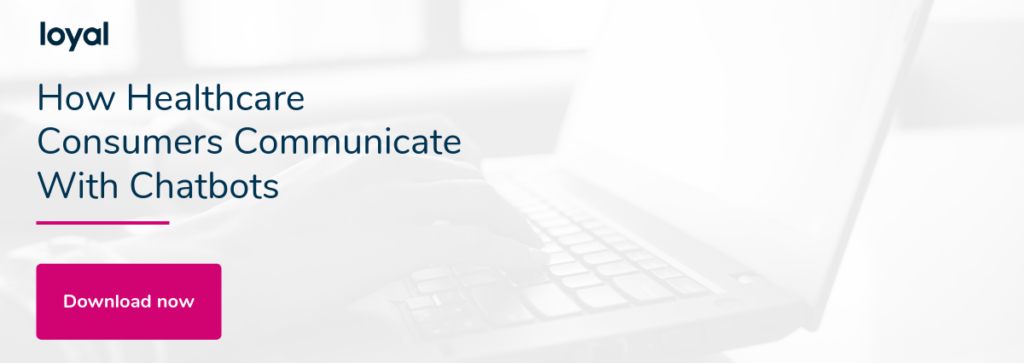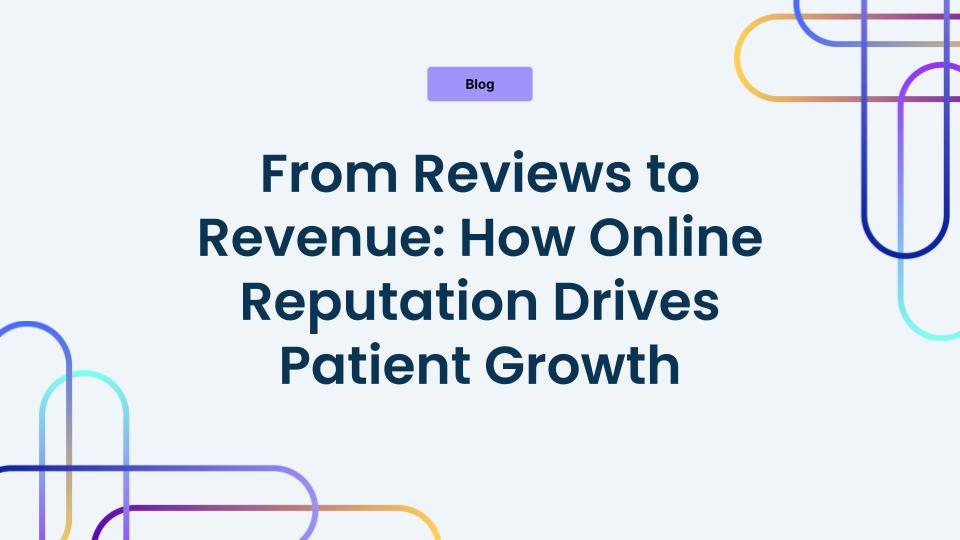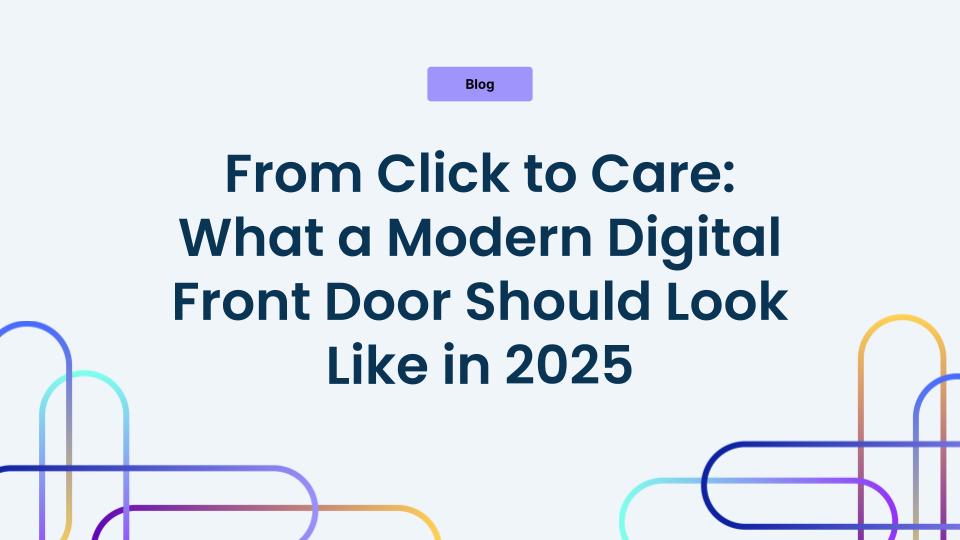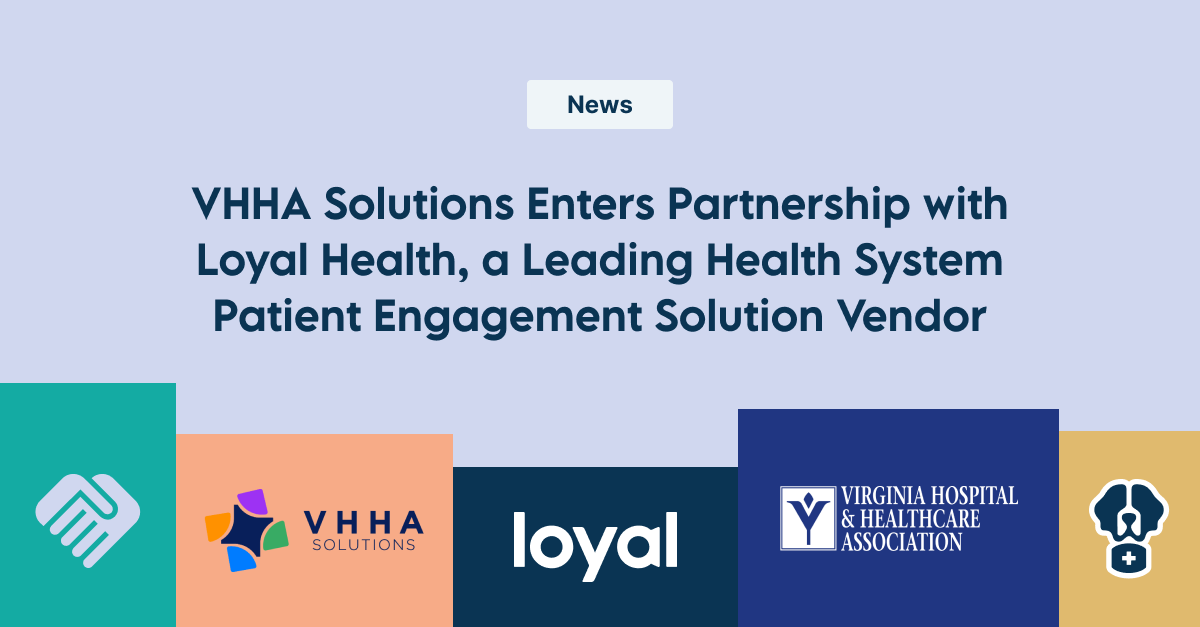By: Brian Gresh, President
What do visitors to your website really want? That’s the million dollar question – but until recently, we haven’t had a great way to answer it.
Healthcare organizations usually rely on web analytics to figure out how visitors engage with their sites. Metrics like search terms, page visits, clicks and time spent on-site offer insights into visitors’ digital behavior, but they don’t give a full picture of the intent behind those actions.
That’s where conversation comes in. Whether you’re using chatbots or a voice interface, conversing with your users lets you better understand their motivations – and, ultimately, create better outcomes for you and your customers.
Voice and Chat on the Rise
When you walk into a hospital, you’re greeted with signs, maps, maybe even arrows painted on the floor. Despite those navigational aids, you might still be tempted to ask the front desk staff to point you in the right direction.
Like hospitals, healthcare websites can be tough to navigate. Navigational tools try to direct visitors to the right information, but there’s often an overwhelming amount of content. Ultimately, a conversation can be the best way to understand what users are truly looking for.
In every corner of the digital world, people are flocking to conversational platforms to connect with friends, share information and find answers to their questions. Both voice search and chat platforms have soared in popularity in the last few years. In fact, since 2015, the top four chat and messaging apps have drawn more users than the top four social media apps.
In other words, if you aren’t having a conversation with your customers, you’re likely to be left behind.
Natural Language Processing and Intent
Can a computerized bot really tell you what a person is thinking any better than page views and clicks? You might be surprised.
Chatbots and voice search both rely on a tool known as natural language processing (NLP) to understand a user’s intent. If a visitor says (or types) “How can I find my medical records?” or “Where do I see my test results?”, NLP breaks that down into words and phrases to understand the person’s intent — and direct them to the right login page.
Over time the system creates a robust “intent library” that matches words and phrases to meanings and intentions. The benefits of that are twofold:
- Chatbot developers use the intent library to train chat platforms to better understand what visitors are looking for. Over time, the chatbot gets even better at answering users’ questions correctly and directing them to the right content or even help them schedule an appointment.
- By seeing what types of conversations are happening on chat, organizations learn more about their own site. Are there gaps in your content? Are some portions of the site confusing to visitors? Looking closely at user intent can help you improve and reorganize your content for a better digital patient experience, help optimize your digital campaigns for better targeting, and identify ways to improve patient access.
When you understand what your consumers truly need, you can provide the right content to answer their questions quickly and efficiently. That makes for a better digital patient experience. And when chatbots can handle more questions, human operators are free to deal with questions that require a human touch. That’s a win-win for patients and healthcare organizations alike.
Want to learn more? Download Loyal’s latest white paper.





